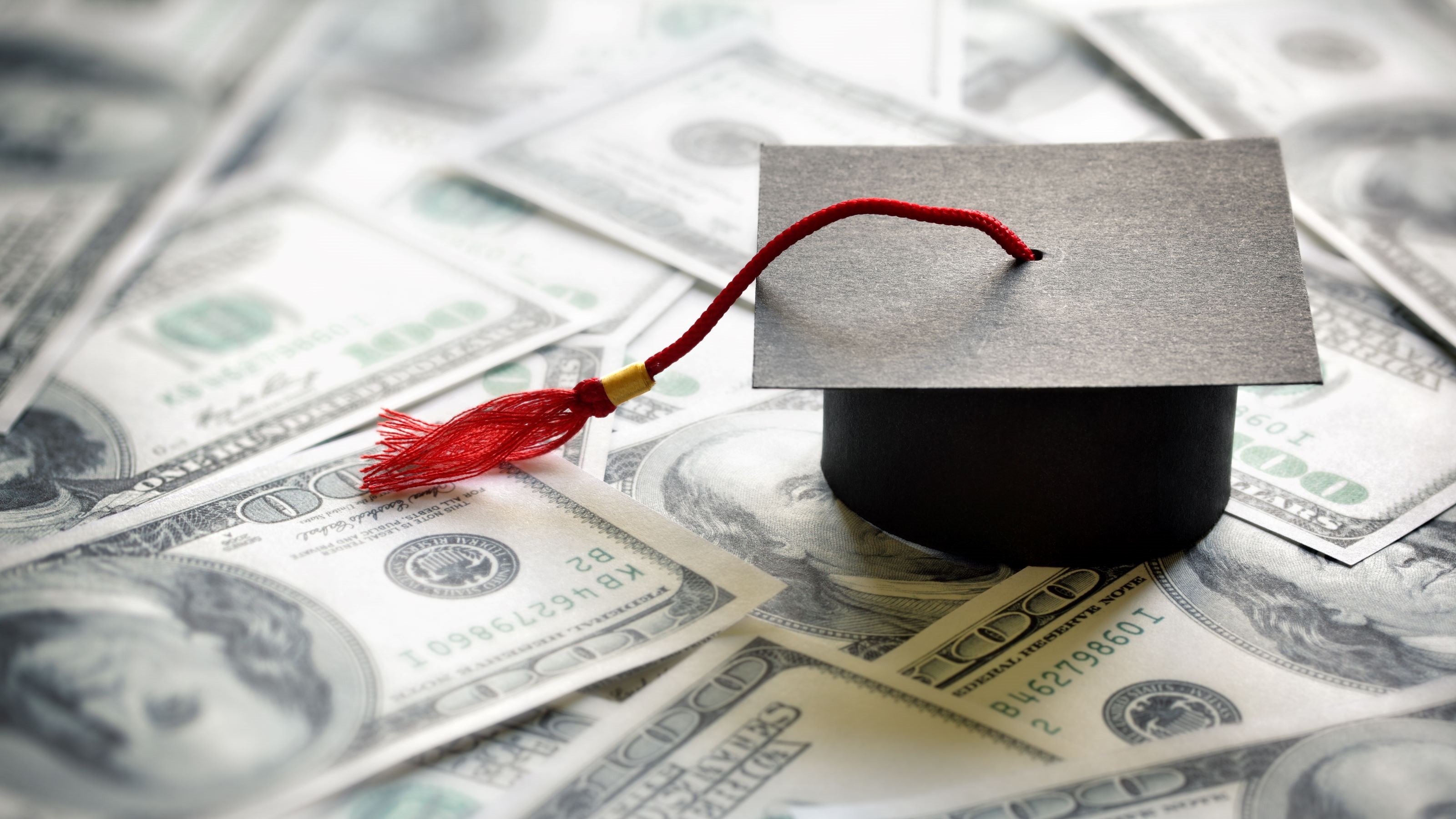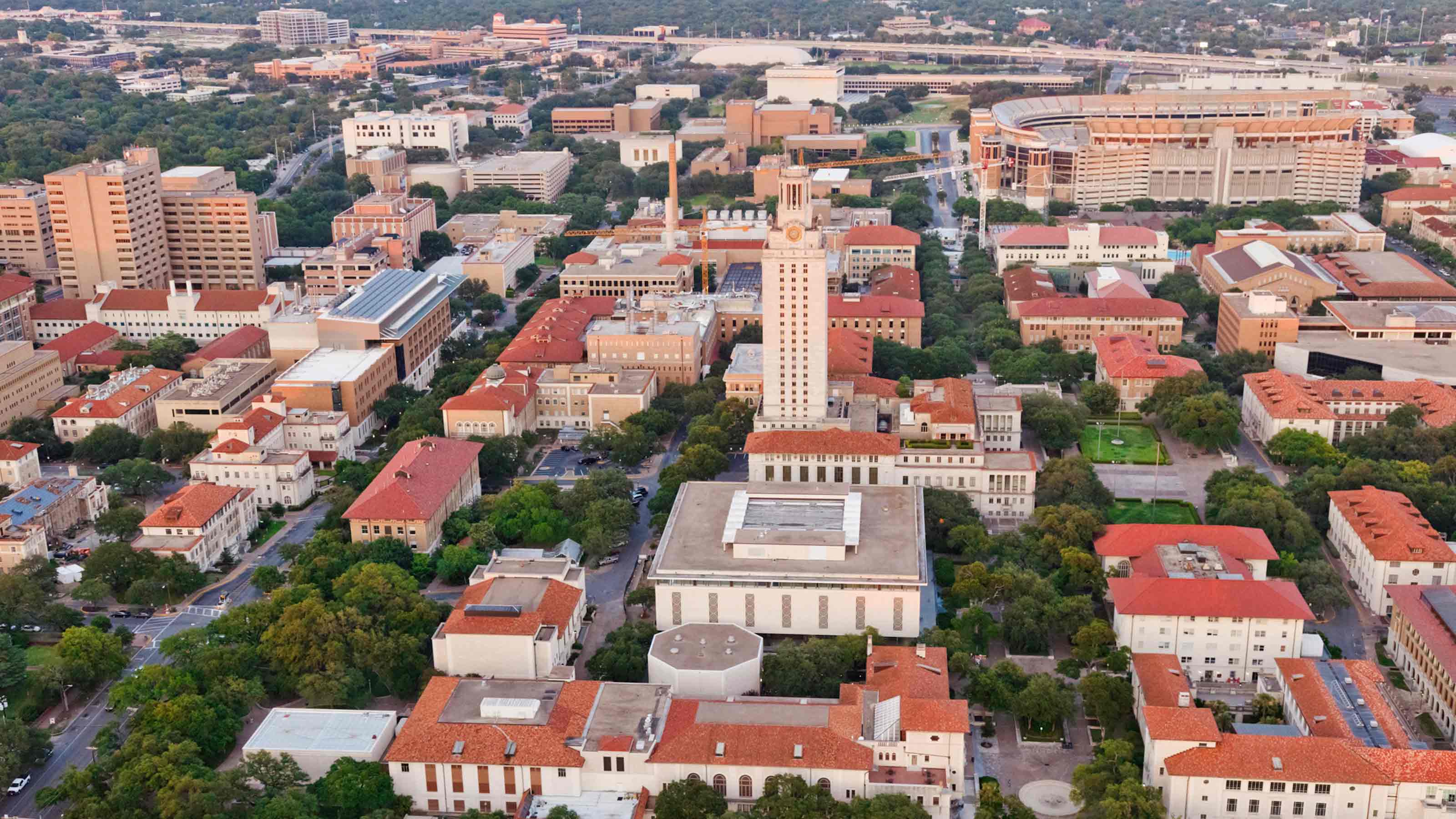
Borrowers of federal student loans have had a lot to keep up with since 2020, when the COVID-19 pandemic triggered a three-year freeze on loan payments and interest.
In 2022, President Biden announced a plan to deliver on campaign promises and relieve up to $400 billion in student debt for tens of millions of borrowers. Last summer, the Supreme Court blocked that plan. Since then, the Biden administration has unveiled a series of new debt relief programs; if all of them are implemented, they would provide relief to more than 30 million borrowers and forgive $153 billion in loan debt. But some of those plans face legal challenges, too.
If you’re managing student loan debt — and especially if you’re struggling to keep up with payments — you may have questions about recent proposals and what they mean for you. Here, we highlight the key points.
The pandemic-era suspension of federal loan payments and interest concluded last fall. Is there anything I should know now that payments have resumed?
As borrowers transition out of the payment pause, the U.S. Department of Education is extending them an “on ramp” period. During this period, which stretches from October 1, 2023, to September 30, 2024, the agency will not report missed loan payments to the credit-reporting companies (Equifax, Experian and TransUnion) and will not place overdue loans in default or collections.
Now that interest is accruing on loans once again, it’s worth noting that you may be able to deduct up to $2,500 a year on your federal tax return for interest paid on student loans. You can also get a discount of 0.25 percentage point on your interest rate if you set up automatic payments on your loan servicer’s website.
To make sure you’re up to date on your loan’s status, log in to your account at StudentAid.gov and verify that your contact information is current. There’s a chance your loan was transferred to a new servicer — the company that manages your billing and payments — during the payment pause, so you’ll also want to locate your current loan servicer and make sure that it has the correct information on file for you.
The Supreme Court struck down Biden’s major loan forgiveness plan. What other measures has the government taken to provide debt relief?
In an April announcement, the Biden administration outlined a variety of new debt reduction and loan forgiveness policies. For people who owe more than they borrowed, the plan would automatically forgive the part of their balance that exceeds the original loan amount, up to $20,000 per loan. You might fall into this group if your monthly payment amount didn’t cover the interest charges that were accruing, or if you’ve incurred fees for overdue payments.
Additionally, for low- and middle-income borrowers enrolled in income-driven repayment plans, the new policy would forgive any debt that was added to their balances while they were on a repayment plan. And another proposed rule would automatically forgive your undergraduate loans if you entered repayment on or before July 1, 2005, and your graduate debt if you entered repayment on or before July 1, 2000. According to the announcement, the Department of Education could finalize these new policies and make them available to borrowers as soon as this fall. But some of the proposed rules may face legal challenges.
The administration has taken steps to remedy issues that were preventing qualified borrowers from receiving relief, too. For example, fixing inaccuracies in the number of qualifying payments some borrowers made on income-driven repayment plans has resulted in automatic debt forgiveness for the affected borrowers.
The administration also processed long-pending claims for Borrower Defense Loan Discharge, which helps borrowers who attended schools that closed down or practiced misconduct. (Borrower Defense, however, is also in legal limbo; you can still apply for it and be approved, but the program is under a federal court injunction until November 2024, meaning the new rules won’t go into effect and no debt can be forgiven before then.) Additionally, the administration expanded eligibility for the Public Service Loan Forgiveness program and is working to identify more students who qualify for Total and Permanent Disability Discharge.
You can stay on top of policy updates by periodically checking StudentAid.gov and ED.gov for announcements.

I’ve heard about the SAVE plan. How does it work?
SAVE (Saving on a Valuable Education) is an income-driven repayment plan that went into effect last year. Like other IDR plans, SAVE bases your monthly payment on income and family size. But if your payment isn’t large enough to cover accrued monthly interest, your loan balance doesn’t increase; instead, the government covers any unpaid interest, helping borrowers avoid the scenario of owing more on their loans than they borrowed.
For nearly all borrowers, SAVE will lower their monthly payments more than any other IDR plan, according to the Office of Federal Student Aid. And according to President Biden, 8 million borrowers have already benefited from using SAVE, with 4.5 million of them now paying $0 a month.
SAVE could lower payments even further starting this summer, when new elements of the program are scheduled to go into effect. Beginning July 1, the amount of income used to calculate payments will be cut in half for borrowers with only undergraduate loans and can be cut by up to half for borrowers with a mix of graduate and undergraduate loans.
On top of that, borrowers on the SAVE plan can have their loans forgiven in as little as 10 years. If you borrowed $12,000 or less, you’ll receive forgiveness after you make the equivalent of 10 years of payments. For every $1,000 you borrowed above the $12,000 mark, forgiveness is available after an additional year. So if you originally borrowed between $12,001 and $13,000, your loan can be forgiven after 11 years.
As of April, 18 states had filed lawsuits to block the SAVE plan, with some states claiming student debt forgiveness is illegal and others claiming it is an extraordinarily expensive policy. Their legal arguments have yet to unfold, but depending on the outcome of the lawsuits, elements of the SAVE plan could change. In the meantime, you can learn more about SAVE at https://studentaid.gov/announcements-events/save-plan.
What are the other options for loan forgiveness?
While some new loan forgiveness policies are up in the air, several programs are more firmly in place to cancel debt for qualified borrowers.
If you’re on an IDR plan other than SAVE, your loan balance will automatically be forgiven after you make either 20 or 25 years’ worth of payments (depending on the plan), including some periods when a $0 payment was required. And there are certain programs that discharge debt even sooner. A variety of borrowers may currently qualify for these special forgiveness programs, including teachers, medical professionals and other public servants. You could also be eligible for loan forgiveness if you have a total and permanent disability or if your school closed while you were enrolled.
Each loan forgiveness program has different requirements for the number of payments you have to make before qualifying, the amount of debt that can be forgiven, and how to apply. With the Public Service Loan Forgiveness Plan, for example, the balance on your Direct Loans can be forgiven if you make 120 qualifying payments while working full-time in a public service role for the government or a nonprofit. To apply, you’ll need to have your employer sign a form to certify your work experience. With the Teacher Loan Forgiveness Program, you can have up to $17,500 forgiven on certain loans if you teach full-time for five consecutive academic years in a low-income school or educational service agency.
You can see a full list of forgiveness programs at https://studentaid.gov/manage-loans/forgiveness-cancellation. To find all the application forms, go to https://studentaid.gov/forms-library.

I’m struggling to keep up with loan payments. What should I do?
Start by exploring your options with income-driven repayment plans. Depending on your financial situation, IDR plans can drop your payment to $0 a month. And unlike some deferment and forbearance plans, IDR plans let you continue earning credit toward loan forgiveness for the months you’re on them. To apply for an IDR plan, including SAVE, or to change your plan, visit https://studentaid.gov/idr. You can also use the loan simulator at https://studentaid.gov/loan-simulator to see a preview of what you qualify for.
If you go on an IDR plan, remember to recertify (in other words, submit information about your family size and income) annually. Doing so helps to ensure you’re on the most suitable plan available and prevents you from being automatically placed on a default payment plan. If your income decreases, be sure to recertify right away.
If an IDR plan isn’t adequate, and you have a Direct Loan, FFEL Program loan or Perkins Loan, you can apply for deferment or forbearance. Deferment pauses your payments for several months or years when you’re facing certain hardships, such as losing your job or undergoing cancer treatment. Interest continues to accrue on unsubsidized loans when you’re in deferment, but it’s deferred on subsidized loans.
Forbearance suspends your loan payments for up to 12 months at a time while you’re facing a qualified hardship. But interest charges still accrue on both subsidized and unsubsidized loans under forbearance, so borrowers should check to see whether they qualify for deferment before applying. If you want to apply for deferment or forbearance, reach out to your loan servicer.
If you need help navigating your loan accounts or applying for relief, avoid working with any company that charges a fee for those services—it might be running a scam. Instead, call the Federal Student Aid Information Center at 800-433-3243 or reach out to your loan servicer. You can also talk to a certified credit counselor or student loan counselor to get free advice on loan payoff strategies. You can find one through the National Foundation for Credit Counseling, at NFCC.org.
Can I consolidate multiple federal loans into one?
Yes. With a Direct Consolidation Loan from the Department of Education, you can combine multiple loan accounts, and doing so could potentially reduce your overall monthly payment. On top of that, you won’t lose your progress toward loan forgiveness if you consolidate. However, consolidating doesn’t reduce the interest you pay.
Perhaps most importantly, a Direct Consolidation loan can give you access to more federal relief. If, for example, your loans don’t qualify for a SAVE plan or for Public Service Loan Forgiveness (federal Perkins Loans and FFEL Program loans aren’t eligible), you can consolidate into a Direct Consolidation Loan and then apply.
What are my options if my student loan is already in default?
Student loans typically go into default once you fall behind on payments by nine months or more. At present, the Fresh Start program can be a huge help for borrowers who have defaulted.
Fresh Start can “rehabilitate” your loan, or remove it from collections and make it current again. And unlike the rehabilitation option that it’s temporarily replacing, you don’t have to make a series of new payments in order to qualify. The Fresh Start program is available only through September 30, 2024, and it’s much easier to enroll in it than in other rehabilitation programs. Just note that it takes about four to six weeks to have your loan transferred out of collections once you enroll.
Another benefit of using Fresh Start is that the Department of Education will remove the record of default from your credit reports, which could give your credit scores a significant boost. If you’re experiencing debt-collection efforts, such as having your wages garnished, those efforts will stop as well. On top of that, you can apply for IDRs and loan forgiveness plans after using Fresh Start to rehabilitate your loan. To enroll in this program, visit MyEDDebt.ed.gov or call 800-621-3115.
When the Fresh Start program expires, the previous rehabilitation option will go back in place. You can use the traditional rehabilitation option once per loan. However, if the Department of Education reinstates the same rules as before, borrowers will need to make nine monthly payments to have a loan rehabilitated. Alternatively, you can get a loan out of default by paying it off with a Direct Consolidation Loan. But to qualify, you may have to make three payments on the defaulted loan.

Are Parent PLUS loans eligible for relief or other assistance?
If you took out a Parent PLUS loan to cover your child’s tuition, help is available for you, too. Parents can apply to defer payments while their child is enrolled in school at least half-time, and for up to six months after the schooling ends. Interest will continue to accrue during deferment.
There are also multiple payment plans available for parent borrowers. To be eligible for the income-based payment plan, also known as Income-Contingent Repayment, you’ll have to first consolidate your PLUS loan into a Direct Consolidation Loan. But as an added benefit, your loan balance can be forgiven after 25 years on an ICR, and you’ll have a better chance of qualifying for Public Service Loan Forgiveness.
What about private loans?
If you don’t qualify for the assistance you want from the government, you might be tempted to refinance your federal loans through a private lender, such as a bank, school or other lender outside the federal government. But weigh your decision carefully. Moving your debt to a private loan means permanently forfeiting a host of relief options, including any future federal programs that go in place, as well as a variety of IDRs that can help you if your financial situation changes.
Private lenders are not required to offer you any assistance or loan forgiveness, and they’re not likely to have income-based payment options. But if you have a private loan, you might have access to a hardship program, such as an extended repayment plan or forbearance, depending on your lender. To find out what your lender offers, call the customer service number on your loan statement. Be sure to ask about fees, interest charges and potential credit damage before agreeing to any new payment arrangement.
Note: This item first appeared in Kiplinger Personal Finance Magazine, a monthly, trustworthy source of advice and guidance. Subscribe to help you make more money and keep more of the money you make here.







